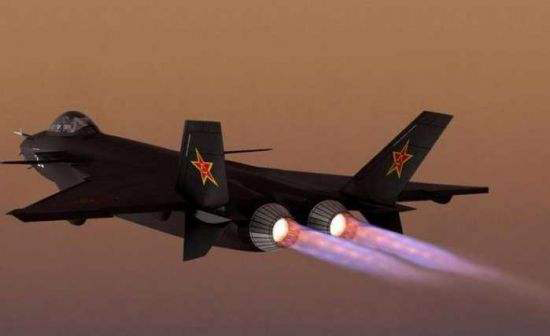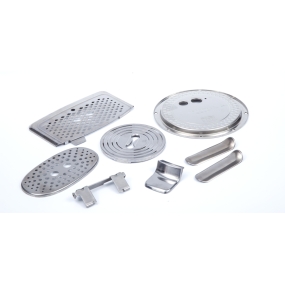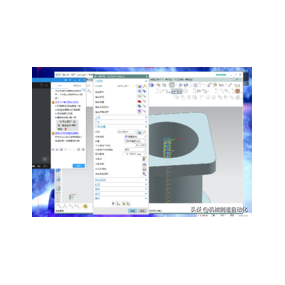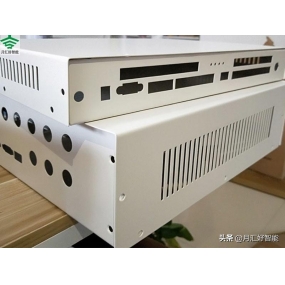Recently, the Chinese Academy of Sciences held a press conference. It was announced at the meeting that the Xi'an Institute of Optics and Precision Machinery, Chinese Academy of Sciences, had developed a 26 watt industrial femtosecond fiber laser with the highest single pulse energy in China, developed a series of ultra fast laser extreme manufacturing equipment, achieved a breakthrough in "cold processing" of air film holes in aeroengine turbine blades, filled the domestic gap, and reached the international advanced level.
This is undoubtedly a significant breakthrough! In aviatione agro, aeroplanae motores semper in coronam industriae modernis ferebantur, et industria eorum in terra technologica, industria et defensa fortitudo representat. The engine blades are the first key component of the aircraft engine, located in the hotest, most complex, and most difficult environment of the aircraft engine. Their casting process directly determines the performance of the aircraft engine.

Previously, due to the significant gap in aircraft engine manufacturing technology between China and developed Western countries, the turbine blades of the engines were unable to withstand higher temperatures, resulting in a severe lack of thrust for the engines. Nunc. The emergence of "cold processing" ultra fast laser extreme manufacturing technology has filled the gaps, strengthened the performance, life span and reliability of space engines.
According to researchers from the research institute, the use of ultrafast laser microfabrication technology to drill holes on the surface of blades can effectively solve the cooling problem of aircraft engines under ultra-high temperature (1700 °C) and ultra-high pressure conditions. Moreover, ultrafast laser microfabrication technology also breaks through the defects of recast layer, microcracks, recrystallization, etc. in the traditional manufacturing method of processing blade film holes.
Simple put, this technology is similar to laser surgery performed on myopic patients, which can focus on a spatial area thinner than hair. This ensures that the cutting surface is neat, there is no thermal diffusion, no microcracks, and does not affect the materials adjacent to the affected area during processing. This technology has become the best choice for ultra-fine and low damage in fields such as aerospace and electronics.
Valor est mentionare quod hoc interruptum technologicam non solum ad agros aerospace altissimus, sed etiam in vita futura videbimus aplicationem eius, sicut motores automoticos. According to experts, some of the core indicators of this technology have reached the international advanced level, and can provide comprehensive solutions for ultra fine and "cold processing" of many difficult to process materials and components.


 English
English Spanish
Spanish Arabic
Arabic French
French Portuguese
Portuguese Belarusian
Belarusian Japanese
Japanese Russian
Russian Malay
Malay Icelandic
Icelandic Bulgarian
Bulgarian Azerbaijani
Azerbaijani Estonian
Estonian Irish
Irish Polish
Polish Persian
Persian Boolean
Boolean Danish
Danish German
German Filipino
Filipino Finnish
Finnish Korean
Korean Dutch
Dutch Galician
Galician Catalan
Catalan Czech
Czech Croatian
Croatian Latvian
Latvian Romanian
Romanian Maltese
Maltese Macedonian
Macedonian Norwegian
Norwegian Swedish
Swedish Serbian
Serbian Slovak
Slovak Slovenian
Slovenian Swahili
Swahili Thai
Thai Turkish
Turkish Welsh
Welsh Urdu
Urdu Ukrainian
Ukrainian Greek
Greek Hungarian
Hungarian Italian
Italian Yiddish
Yiddish Indonesian
Indonesian Vietnamese
Vietnamese Haitian Creole
Haitian Creole Spanish Basque
Spanish Basque








